Credit card interest is the fee charged by your bank whenever you borrow money, whether it’s to make a purchase, withdraw a cash advance, or transfer a balance. How much interest you owe depends on how much money you borrowed, when you borrowed it, and your credit card’s interest rate, or APR.
Individual credit cards have various interest rates, and there's a specific category of low-interest credit cards for those who prioritize that aspect of their finances.
Understanding the different types of credit card interest (and how to avoid them) can help you manage debt and pick a credit card that works for you.
Key Takeaways
- Interest is a fee charged by your credit card issuer whenever you use your card to borrow money.
- Credit card interest applies to purchases, cash advances, and balance transfers.
- How much interest you owe depends on how much money you borrowed, how long ago you borrowed it, and your card’s interest rate, or Annual Percentage Rate (APR).
- You can avoid credit card interest by paying your bills in full and on time and repaying cash advances immediately.
Never miss an amazing deal again + get our bonus 250+ page eBook for FREE. Join 50,000 other Canadians who receive our weekly newsletter – learn more.
What is credit card interest?
Whenever you use your credit card, you’re borrowing money from your credit card issuer. Sometimes, you have to pay more money than you originally borrowed; the extra charge is known as interest.
How much credit card interest you owe depends on 3 factors:
- How much money you borrowed: The more money you borrow, the more interest you pay.
- When you borrowed the money: The longer you leave your bill unpaid, the more interest accrues.
- Your credit card interest rate or Annual Percentage Rate (APR): An APR represents approximately how much interest you’d owe if you ignored your bills for one year. For example, 19.99% APR means you’d owe about $19.99 in interest on a credit card balance of $100.
Different borrowing methods follow different rules – some benefit from interest-free grace periods while others don’t. Some use fixed interest rates, while others are variable.
Whatever the amount, paying credit card interest is a mandatory part of your credit cardholder agreement. If you ignore it, you run the risk of spiralling into debt, lowering your credit score, and even losing your credit card.
Read more about interest and other credit card terms you need to know
Different types of credit card interest
There are 3 ways to borrow money with a credit card: purchases, balance transfers, and cash advances.
Each one uses either a fixed interest rate or a variable interest rate, which changes based on the Bank of Canada’s prime lending rate. Fixed interest rates are by far the most common; you can find them online or in the pamphlet included with your credit card.
Credit card issuers often attract new customers by offering introductory, promotional interest rates for a limited time. As long as you’re a new customer, you’ll benefit from lower interest charges (especially on balance transfers) for 6 – 12 months.
That said, your credit card’s APR could also change if you miss two or more payments. Credit card issuers use penalty interest rates as high as 30.99% to deter customers from ignoring their bills.
We created a cheat sheet to help you understand the general rules, but you should always check your individual cardholder agreement before you borrow:
| Purchases | Balance transfers | Cash advances | |
|---|---|---|---|
| Description | Purchase interest applies to the cost of goods and services bought with a credit card, whether you paid by mail, by phone, in person, or online. | Balance transfer interest applies to balances transferred from one credit card to another. | Cash advance interest applies to money withdrawn from ATMs using a credit card. It may also apply to bill payments and the purchase of bets, gaming chips, lottery tickets, traveller’s cheques, foreign currencies, and wire transfers. |
| Interest-free grace period | 21 – 55 days | None | None |
| Extra fee | None | 0% – 3% of balance | $5 – $7.50 CAD |
| APR | 6.95% – 30.99% | 0% – 17.99% | 22.99% – 27.99% |
| How to avoid it | Pay off your credit card in full by the due date listed on each credit card statement. | Pay off the transferred balance in full before the promotional, low-interest period expires. | Repay all cash advances and cash-like purchases as soon as possible. |
Pro Tip: You can pay your bills with a credit card by setting up pre-authorized payments. Your bill payments will then be treated like purchases, not cash advances.
How is credit card interest calculated?
Credit card interest is notoriously complicated. We’ve got a short answer for readers who want the essentials, and a long answer for mathematical masochists.
The most important thing to know is that credit card interest is time-sensitive – the longer you ignore it, the worse it gets.
The short answer
The easiest way to calculate interest is to use a credit card interest calculator.
Credit Card Interest Calculator
Enter your current balance and then adjust the slider to match your credit card’s interest rate. Try increasing your monthly payments gradually to see how much interest you’ll save.
If you’re interested in transferring the balance to a new card, use the second slider to set the new card’s interest rate. To find out the cost of carrying a balance for one month, enter the same number under "Current Balance" and “Monthly Payment.”
Remember: the sooner you pay off your credit card, the less interest you pay. The calculator can help you find the sweet spot between affordable monthly payments and interest savings.
The long answer
Credit card issuers use 3 methods to calculate interest: Average Daily Balance, Previous Balance, and Adjusted Balance.
Previous Balance calculations look at balances that have been carried for more than one month, while Adjusted Balances take user payments into account. For the sake of brevity, we’ll explore the most common method: Average Daily Balance.
To calculate the purchase interest after one billing cycle, start by adding up the closing balance of your credit card on each day (not just the day’s transactions) and dividing by the number of days in your billing cycle. If you didn’t make any transactions on one day, use the previous day’s balance.
(Day 1 balance + Day 2 balance + Day 3 balance, etc.) / number of days in billing cycle = Average Daily Balance
Although APR makes it easier for consumers to compare credit cards, credit card interest is actually charged daily. Divide your credit card’s purchase APR by 365 to get the Daily Periodic Rate.
Annual Percentage Rate / 365 = Daily Periodic Rate
Multiply your Average Daily Balance by the Daily Periodic Rate to get the daily interest charge, and multiply it by the number of days in your billing cycle to reveal the total interest fee.
Average Daily Balance x Daily Periodic Rate x number of days in billing cycle = total interest charge
The longer answer
Most credit card issuers don’t just apply daily interest, they also compound it. With compound interest, the Daily Periodic Rate applies to each day’s balance, including any interest accrued so far.
In other words, you’re paying interest on interest, which you can calculate using the following formula:
Original balance x (APR / 365)365 x years balance is left unpaid = total interest charge
Fortunately, the internet provides an easy daily compound interest calculator.
How to resolve credit card interest
The only way to kill credit card debt is to pay it off, which you can do in 3 steps:
- Reduce your spending by making a budget and putting your credit cards out of reach
- Organize your debt by noting your card due dates and interest rates
- Pay off your credit card by setting up reminders or pre-authorized payments
Part of your debt plan might involve consolidating your debt, which you might be able to accomplish by using a balance transfer credit card. Just remember, those promotional, introductory interest rates don’t last forever!
Learn more about how to pay off a credit card
How to avoid credit card interest
The best way to avoid credit card interest is to understand it. Read your cardholder agreement and make careful note of any grace periods and deadlines, then compare them to your cash flow.
In the interest of saving our readers even more money, we’ve identified 5 more simple DOs and DON’Ts for avoiding credit card interest.
1. DON’T get a cash advance
Like payday loans, withdrawing money from a credit card should be avoided at all costs. Cash advances begin to accrue interest immediately and have the highest interest rates on the market, making them a ticking time bomb of debt.
2. DON’T make only the minimum payment
Making the minimum payment keeps your credit card account in good standing and prevents late fees, but it doesn’t stop interest from piling up. Not only that, but most of the money from every minimum payment goes toward paying interest, so it could take years to shrink your debt.
3. DO pay in instalments
Modern credit cards offer a variety of "Buy now, pay later" installment plans where the idea is to reduce interest, not avoid it.
For example, let’s say you want to buy an ATV with the American Express Cobalt Card for $1,500 and pay for it over the next 3 months. You can make the purchase, log into your American Express account, and use "Plan It" to split into 3 monthly payments for a 0.85% fee, or $12.75 each month.
Ultimately, you’d save about $17 in interest compared to carrying a balance for 3 months at 21.99% APR.
Pro Tip: Lines of credit and personal loans typically have lower interest rates than credit cards, and are typically better choices for financing a large purchase.
4. DO pay your bills on time
Purchases don’t incur any interest at all if you pay your credit card off within the interest-free grace period, which is typically 21 to 55 days.
The end of the grace period is your credit card’s payment due date. Check your statement and make a note in your calendar to send a payment at least 3 days beforehand, or set up credit card autopay so you’re never late.
Learn how to put an end to late credit card payments
5. DO use a low-interest credit card
If you often carry a balance and love the convenience of using credit, you may as well embrace it with a low-interest credit card. Our top 3 picks offer purchase interest rates lower than 13%:
| Credit card | Annual fee | Interest rates | Welcome bonus | Learn more |
|---|---|---|---|---|
| MBNA True Line Mastercard | $0 | * Purchase: 12.99% * Cash advance: 24.99% * Balance transfer: 17.99% |  $50 GeniusCash + 0% interest on balance transfers for 12 months (terms) $50 GeniusCash + 0% interest on balance transfers for 12 months (terms) | Learn more |
| Scotiabank Value Visa Card | $29 | * Purchase: 13.99% * Cash advance: 13.99% * Balance transfer: 13.99% | 0.99% interest on balance transfers for 9 months (terms) | Learn more |
| BMO Preferred Rate Mastercard | $29 | * Purchase: 13.99% * Cash advance: 15.99% * Balance transfer: 15.99% | 0.99% interest on balance transfers for 9 months (terms) | Learn more |
FAQ
What does 20% interest mean on a credit card?
A 20% credit card interest rate, or Annual Percentage Rate (APR), means about $20 in interest charges after carrying a $100 balance for one year. APRs make it easier to compare card fees, but they’re misleading because nearly every credit card compounds interest daily.
Why did I get charged interest on my credit card after I paid it off?
Credit card interest accrues daily; if you paid off a balance reported a few days ago, or your money took a few business days to transfer, there could still be residual interest on your card.
Is APR monthly or yearly?
An Annual Percentage Rate, or APR, represents a yearly simple interest charge.
Is a 19.99% interest rate high?
A 19.99% interest rate is high for a personal loan or line of credit, but average for a credit card.
creditcardGenius is the only tool that compares 126+ features of 231 Canadian credit cards using math-based ratings and rankings that respond to your needs, instantly. Take our quiz and see which of Canada's 231 cards is for you.



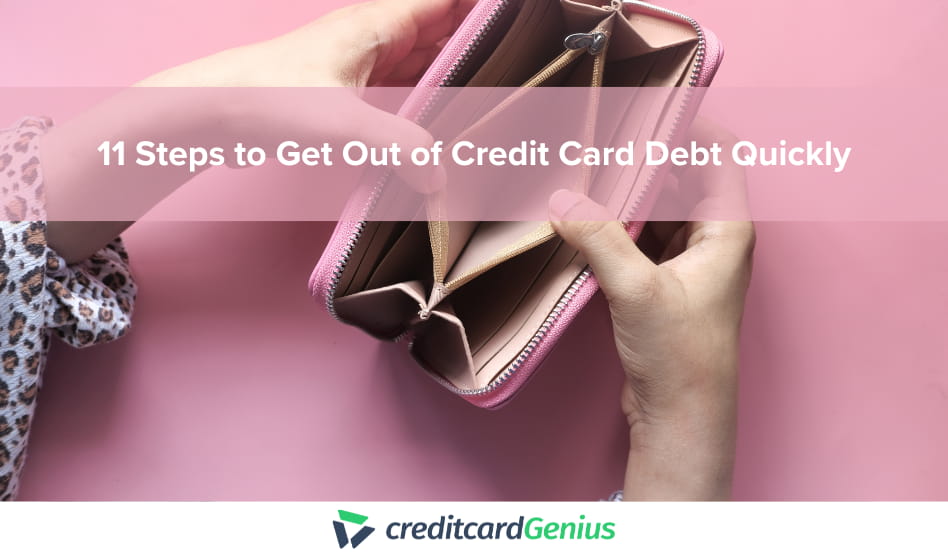
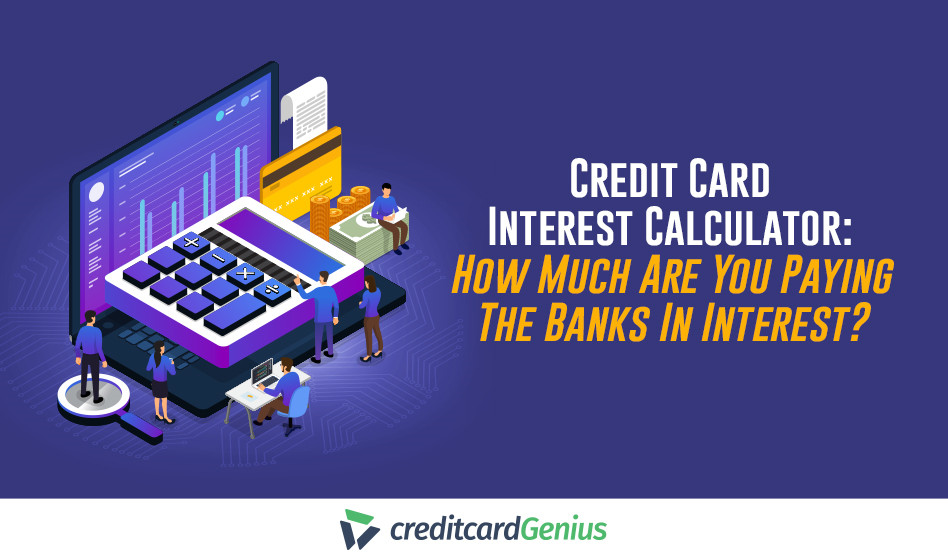
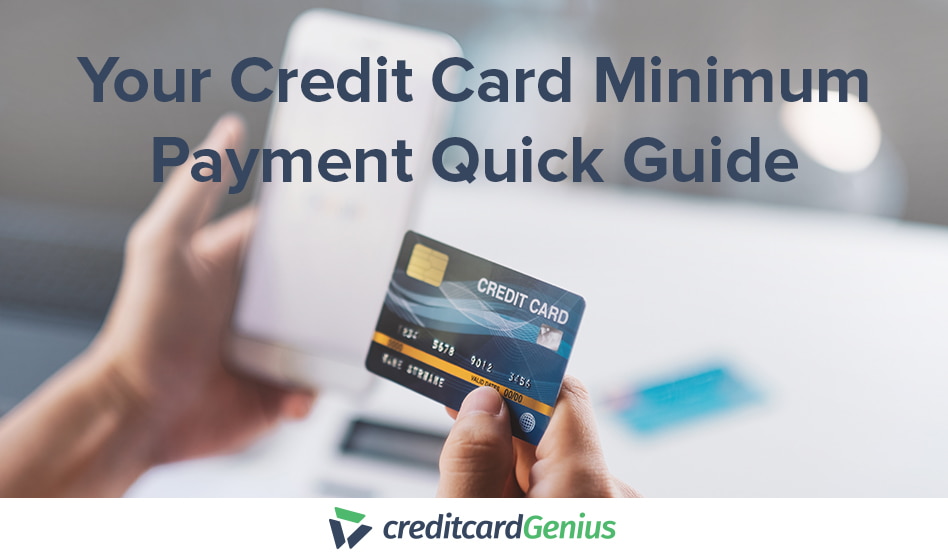
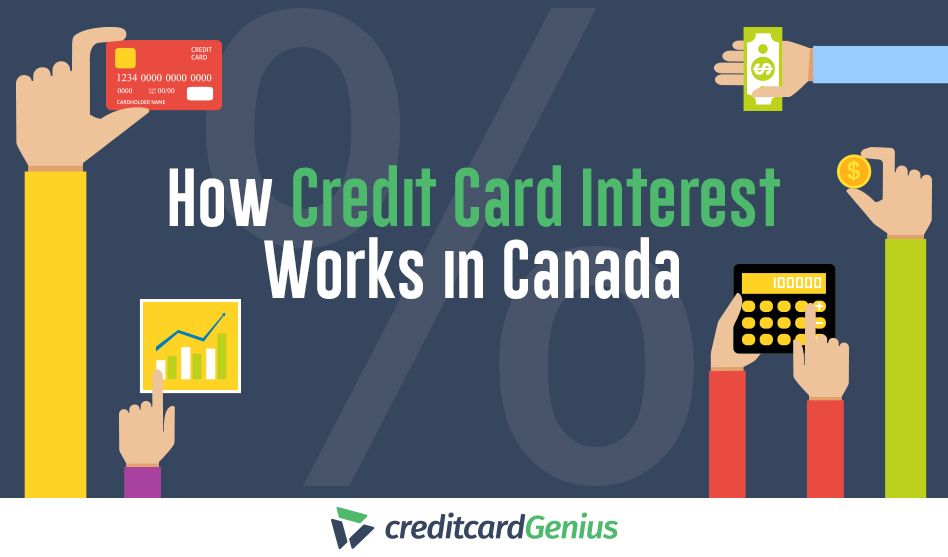


 GC:
GC: 
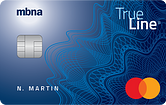
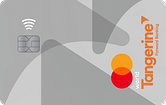
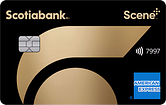
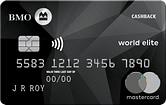
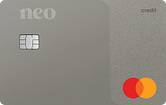
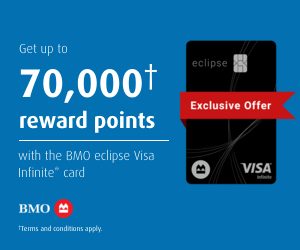






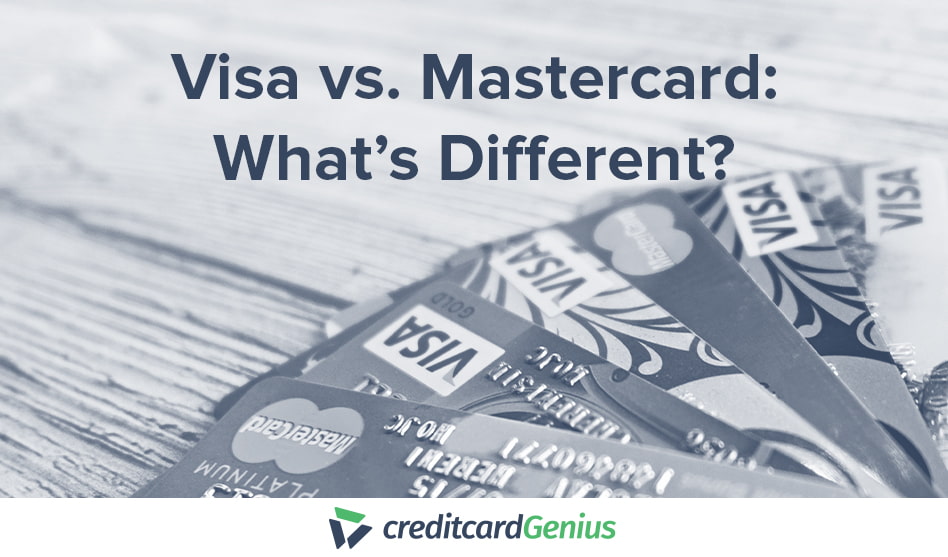

.png)




















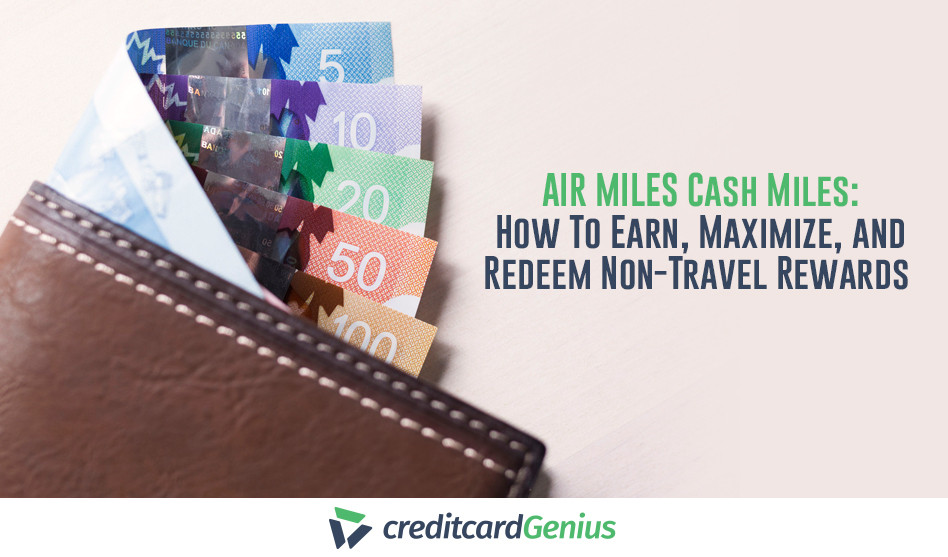
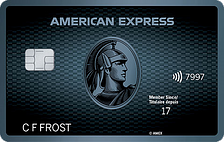
Comments
Leave a comment
Required fields are marked with *. Your email address will not be published.
Showing 14 comments